-
Automated discovery of algorithms from data
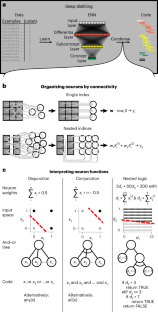
Abstract To automate the discovery of new scientific and engineering principles, artificial intelligence must distill explicit rules from experimental data. This has proven difficult because existing methods typically search through the enormous space of possible functions. Here we introduce deep distilling, a machine learning method that does not perform searches but instead learns from data…
-
Research Cross-Journal Editorial Team
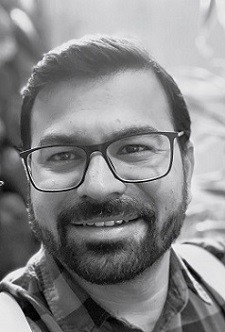
The Research Cross-Journal Editorial Team supports the Nature-branded research journals, with a focus on handling primary research manuscripts. Head of Team | Prateek Dongare, PhD, Springer Nature, Berlin, Germany,Prateek has a background in chemistry & material science, specializing in catalysis and solar energy research. He joined Communications Chemistry in 2018 as an Associate Editor and…
-
A Valentine’s Day Gift to Science from Nature: Altermagnetism
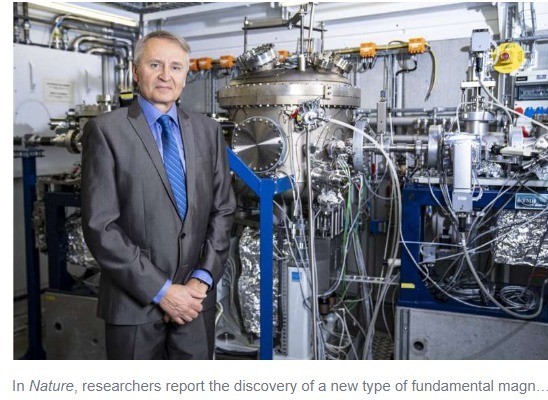
Today’s roundup of science articles at phys.org includes an early look at a potentially revolutionary discovery in Nature of a new third form of magnetism — which the authors are calling altermagnetism — that could have profound implications for the future of science and technology. Now you may be thinking at this point, “a third form of magnetism? I didn’t…
-
Structured information extraction from scientific text with large language models
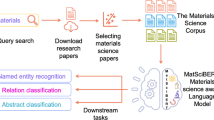
Abstract Extracting structured knowledge from scientific text remains a challenging task for machine learning models. Here, we present a simple approach to joint named entity recognition and relation extraction and demonstrate how pretrained large language models (GPT-3, Llama-2) can be fine-tuned to extract useful records of complex scientific knowledge. We test three representative tasks in…
-
A pilot study of chlormequat in food and urine from adults in the United States from 2017 to 2023
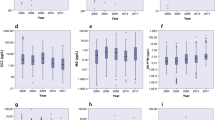
Abstract Chlormequat chloride is a plant growth regulator whose use on grain crops is on the rise in North America. Toxicological studies suggest that exposure to chlormequat can reduce fertility and harm the developing fetus at doses lower than those used by regulatory agencies to set allowable daily intake levels. Here we report, the presence…
-
Corvallis Science & Nature: Bird Count, Clean and Weed, Sharks and Gardens
It may feel like springtime on some of our warmer days, but don’t let those emerging daffodils fool you — we are still very much in winter. One of the two big international events in birding happens this week, along with talks and other events to both enjoy the season we’re in and prepare for…
-
What a Climatologist’s Defamation Case Victory Means for Scientists
US climate scientist Michael Mann has prevailed in a lawsuit that accused two conservative commentators of defamation for challenging his research and comparing him to a convicted child molester. A jury awarded Mann, who is based at the University of Pennsylvania in Philadelphia, more than US$1 million in a landmark case that legal observers see…
-
Largest post-pandemic survey finds trust in scientists is high
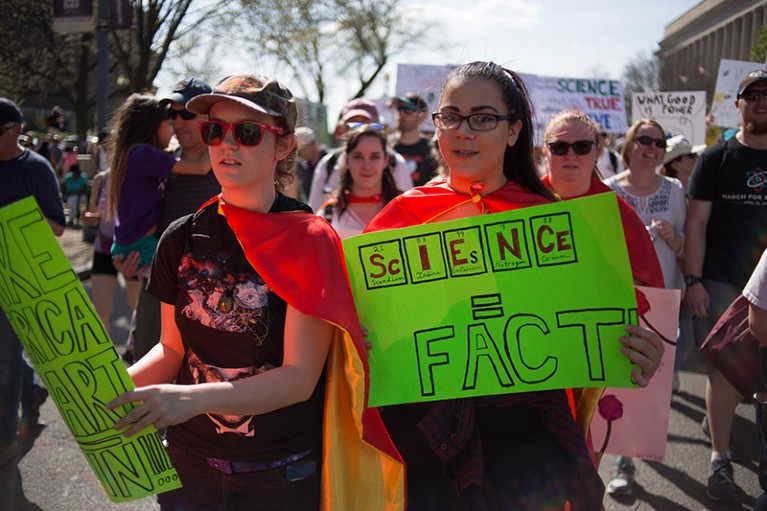
The global survey indicated that people have moderately high levels of trust in scientists overall.Credit: Michael Candelori/Pacific Press Via Zuma Wire/Shutterstock People around the world have high levels of trust in scientists, and most want researchers to get more involved in policymaking, finds a global survey with more than 70,000 participants. But trust levels are…
-
Nature and science
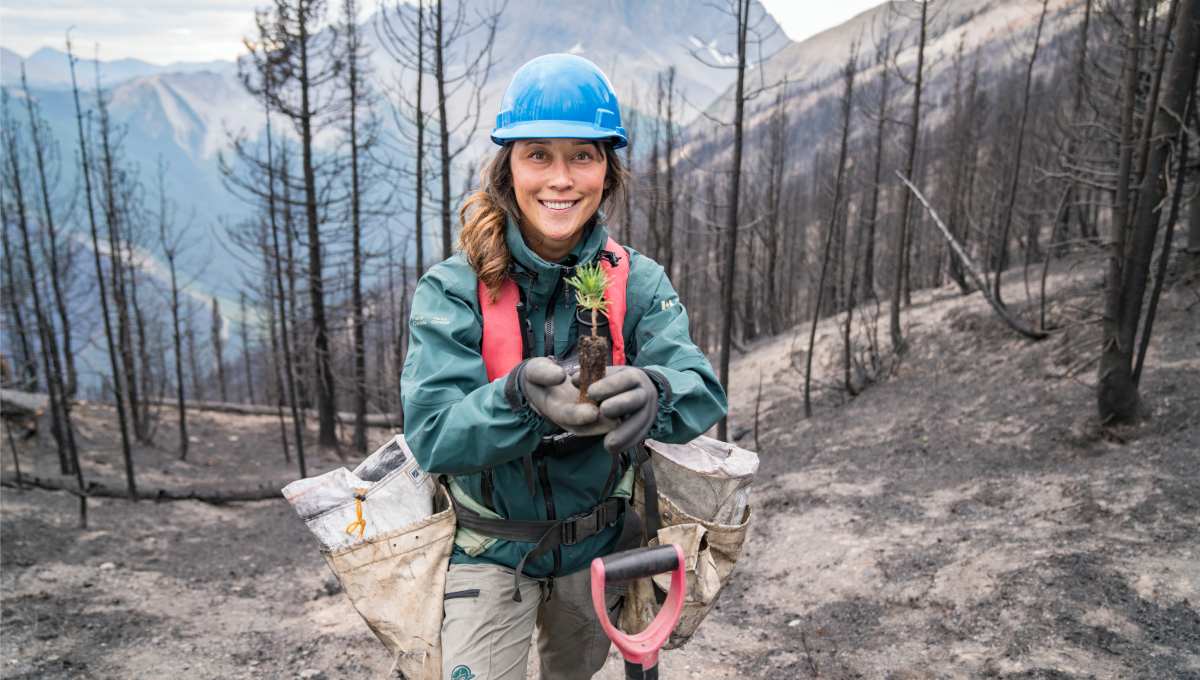
Create and support new protected areas Parks Canada and partners create, grow, and manage protected areas. Restore and recover nature Parks Canada works to restore and recover plant and animal species and their home. Climate change and protected areas Parks Canada works with nature to reduce the effects of climate change, and to help us…
-
Introducing meat–rice: grain with added muscles beefs up protein
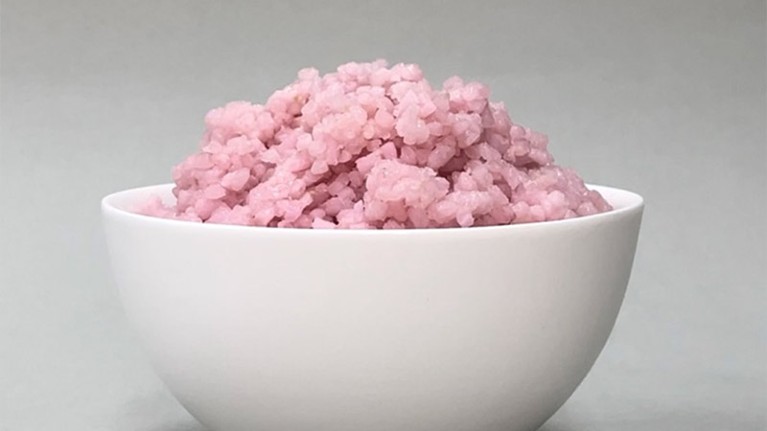
The hybrid beef–rice is pink because the cell-culture medium contains phenol red, an acidity monitor.Credit: Yonsei University Rice has been used as a scaffold to grow beef muscle and fat cells, resulting in an edible, “nutty” rice–beef combo that can be prepared in the same way as normal rice. The study, published today in Matter1,…